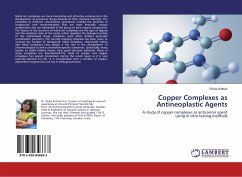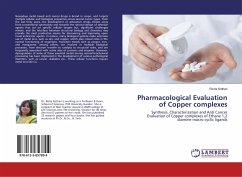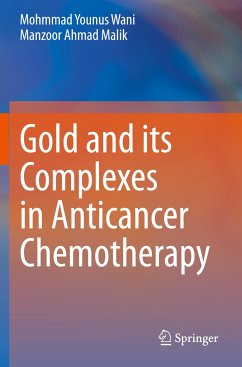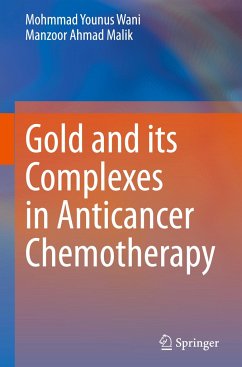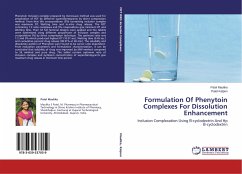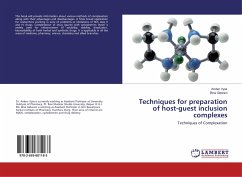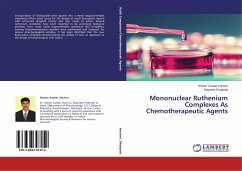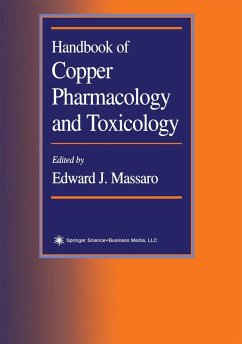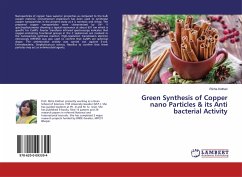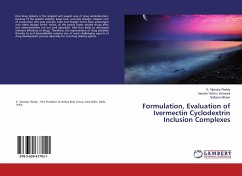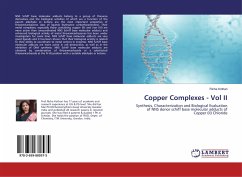
Copper Complexes - Vol II
Synthesis, Characterization and Biological Evaluation of NNS donor schiff base molecular adducts of Copper (II) Chloride
Versandkostenfrei!
Versandfertig in 6-10 Tagen
27,99 €
inkl. MwSt.

PAYBACK Punkte
14 °P sammeln!
NNS Schiff base molecular adducts belong to a group of thiourea derivatives and the biological activities of which are a function of the parent aldehyde or ketone are the most important properties of thiosemicarbazone class of ligands (hydrazine carbothioamindes). Their metal complexes, especially those containing copper (II) and iron (III) are more active than uncoordinated NNS Schiff base molecular adducts and enhanced biological activity of metal thiosemicarbazones has been under investigation for some time. NNS Schiff base molecular adducts are very good ligands and it has been shown that ...
NNS Schiff base molecular adducts belong to a group of thiourea derivatives and the biological activities of which are a function of the parent aldehyde or ketone are the most important properties of thiosemicarbazone class of ligands (hydrazine carbothioamindes). Their metal complexes, especially those containing copper (II) and iron (III) are more active than uncoordinated NNS Schiff base molecular adducts and enhanced biological activity of metal thiosemicarbazones has been under investigation for some time. NNS Schiff base molecular adducts are very good ligands and it has been shown that their biological activity is related to their ability to coordinate to metal centres in enzymes. NNS Schiff base molecular adducts are more active in cell destruction, as well as in the inhibition of DNA synthesis. NNS Schiff base molecular adducts are obtained by condensation of thiosemicarbazide or a substituted thiosemicarbazide at the N (4) position with a suitable aldehyde or ketone.



